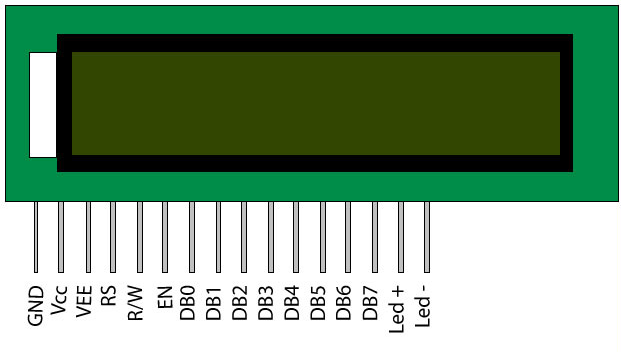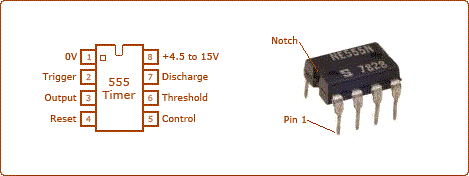Microcontroller
Microcontroller can be termed as a single on chip computer which includes number of peripherals like RAM, EEPROM, Timers etc., required to perform some predefined task.
There are number of popular families of microcontrollers which are used in different applications as per their capability and feasibility to perform the desired task, most common of these are 8051, AVR and PIC microcontrollers.
With microcontrollers in general, it is good to know that these little chips are found everywhere. You can find them in microwaves ovens, new applicances, automobiles, televisions, etc. These microcontrollers control and sense the surrounding electronics and environment. For example, microcontrollers can provide output to a display, motor, LEDS, etc., sensing the environment, such as tilt using an accellerometer, light, angular velocity using a MEMS (Microelectromechanical System) gyroscope, sound, encoders for movement, temperature, and button or keyboard input.
AVR
AVR was developed in the year 1996 by Atmel Corporation. The architecture of AVR was developed by Alf-Egil Bogen and Vegard Wollan. AVR derives its name from its developers and stands for Alf-Egil Bogen Vegard Wollan RISC microcontroller, also known as Advanced Virtual RISC. The AT90S8515 was the first microcontroller which was based on AVR architecture however the first microcontroller to hit the commercial market was AT90S1200 in the year 1997.
AVR microcontrollers are available in three categories:
2. MegaAVR
– These are the most popular ones having good amount of memory (upto 256 KB), higher number of inbuilt peripherals and suitable for moderate to complex applications.
3. XmegaAVR – Used commercially for complex applications, which require large program memory and high speed.
The following table compares the above mentioned AVR series of microcontrollers:
Series Name
|
Pins
|
Flash Memory
|
Special Feature
|
TinyAVR
|
6-32
|
0.5-8 KB
|
Small in size
|
MegaAVR
|
28-100
|
4-256KB
|
Extended peripherals
|
XmegaAVR
|
44-100
|
16-384KB
|
DMA, Event System included
|
What’s special about AVR?
They are fast: AVR microcontroller
executes most of the instructions in single execution cycle. AVRs are
about 4 times faster than PICs, they consume less power and can be
operated in different power saving modes. Let’s do the comparison
between the three most commonly used families of microcontrollers.
8051
|
PIC
|
AVR
| |
SPEED
|
Slow
|
Moderate
|
Fast
|
MEMORY
|
Small
|
Large
|
Large
|
ARCHITECTURE
|
CISC
|
RISC
|
RISC
|
ADC
|
Not Present
|
Inbuilt
|
Inbuilt
|
Timers
|
Inbuilt
|
Inbuilt
|
Inbuilt
|
PWM Channels
|
Not Present
|
Inbuilt
|
Inbuilt
|



















